
NICARAGUA 2017

Main port of the town Moyogalpa under the magnificent volcano Concepcion on the island of Ometepe.
^ ^^^

Lake Nicaragua, the biggest lake in central America with an area of 8157 square km. and length of 177 km.
^ ^^^

Spread across Nicaragua these petroglyphs are the heritage of the native Americans who created them about 1000 years ago. Although the exact age is uncertain and some archaeologist suggest 2000 to 3000 years old.
^ ^^^

The petroglyphs on the island of Ometepe were very numerous compared to the rest of the country. Many of them depict animals like a butterfly as shown the previous picture or some quadruped displayed in this one.
^ ^^^

In the island of Ometepe many of the images carved in rocks are circular in shape. In general very little is known about the origin and the purpose of them.
^ ^^^
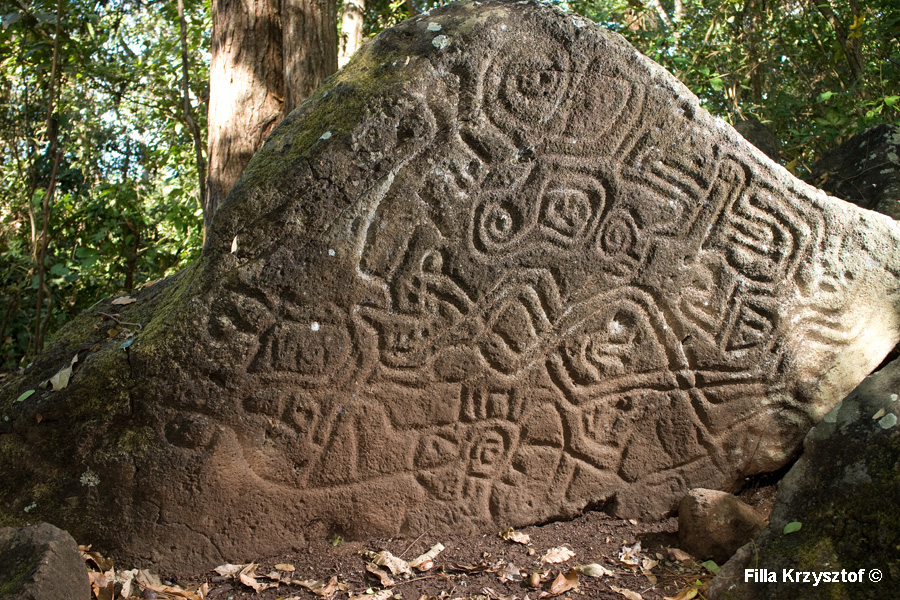
^ ^^^

Iglesia La Merced. A church in Granada built by the Spanish in 1534.
^ ^^^
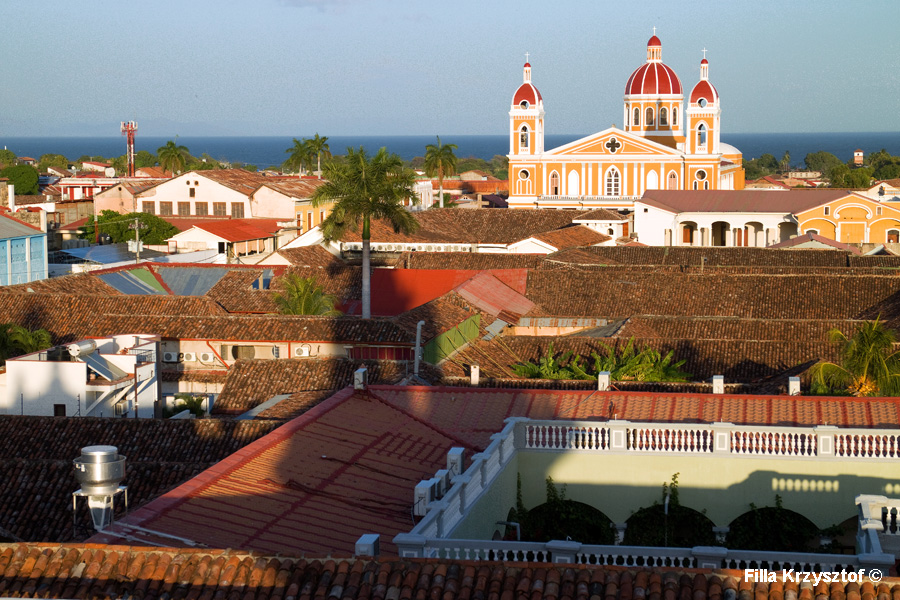
A view of the colonial city Granada located in the northern side of the lake of Nicaragua. The prominent building in the picture is the cathedral of Granada.
^ ^^^
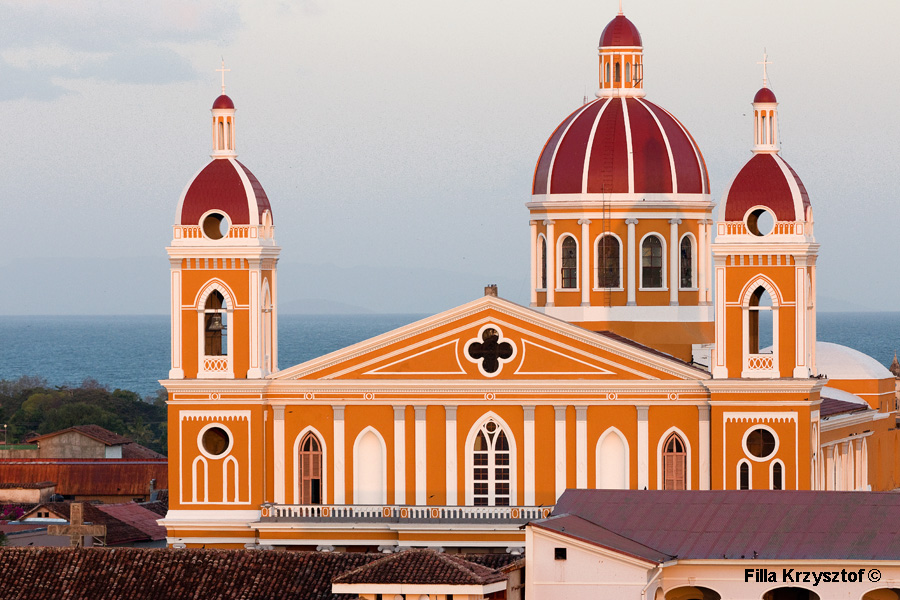
The Granada cathedral.
^ ^^^

^ ^^^
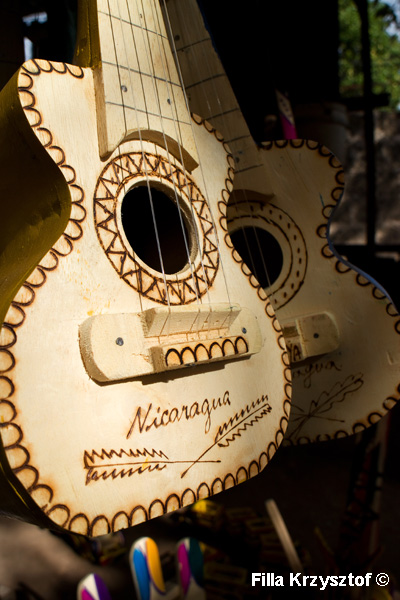
^ ^^^

The local market in the town of Masaya.
^ ^^^

^ ^^^

Gallo pinto is a traditional dish of Nicaragua that consists mainly from black or red beans and rice.
^ ^^^

^ ^^^

Rice and beans are the staple of Nicaragua. They usually come with fried plantains, some meat and some sort of vegetables like tomatoes or cabbage.
^ ^^^

A street vendor.
^ ^^^

A street vendor.
^ ^^^

Pancakes made of maize served with a piece of cottage cheese is another staple of Nicaragua. Maize had always played an important role in the culture of precolumbian people of the central and south America.
^ ^^^
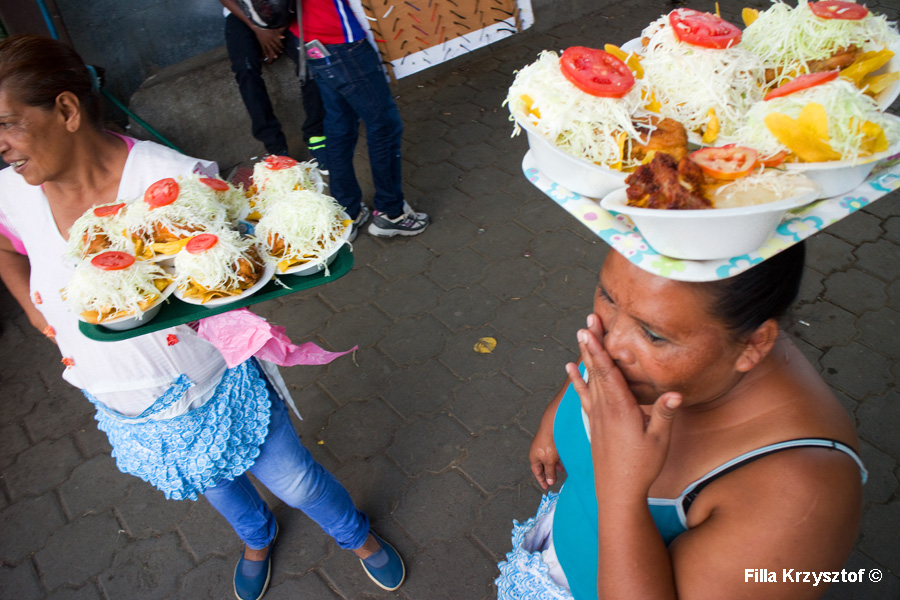
Women selling portions of snacks at a bus terminal.
^ ^^^

Selling iguanas caught in the forest is a sight that one can see on the streets of Nicaragua. Their flesh is so popular that some countries have placed restrictions on the hunting of the reptile for fear it could be wiped out.
^ ^^^

Plantains or cooking bananas are mainly used for deep fry or grill. They are less sweet and have a very starchy texture.
^ ^^^

As compared to neighbouring countries the use of horses for transportation is very popular both in cities and villages.
^ ^^^
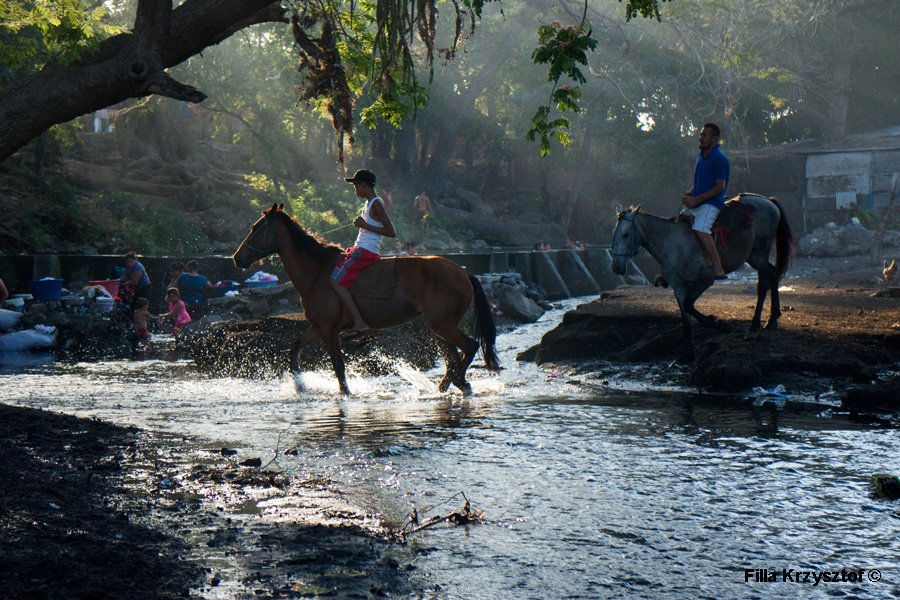
^ ^^^
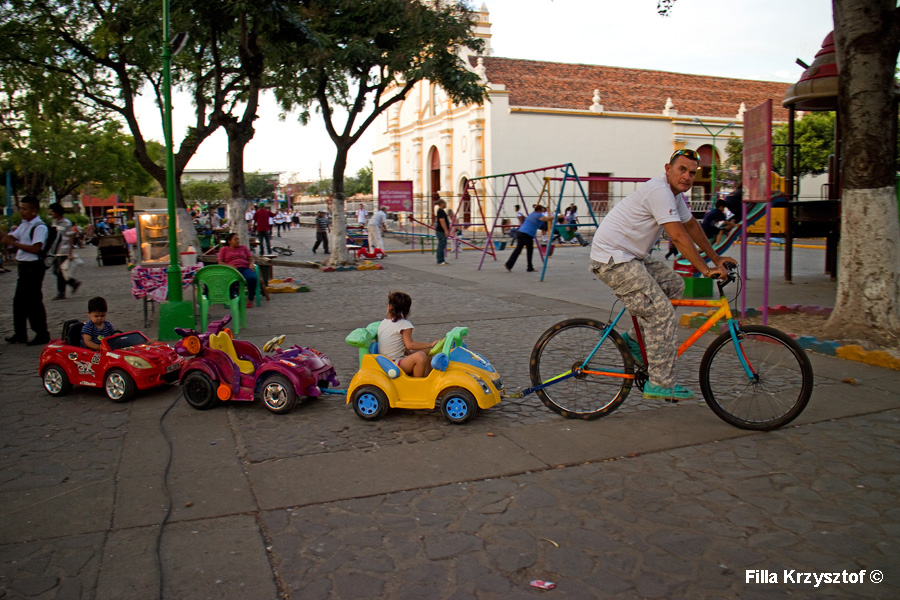
^ ^^^

^ ^^^

The church of The Recollection in the city of Leon.
^ ^^^

The church of The Recollection in the city of Leon.
^ ^^^

The church of El Calvario in the city of Leon.
^ ^^^

The cathedral of the Assumption of Mary in Leon built in 1814.
^ ^^^

The city of Leon is famous for its academic and cultural life. In this picture, it is the main theatre in tawn.
^ ^^^

Leon
^ ^^^

Leon
^ ^^^

A bike repair shop in Leon.
^ ^^^

The cathedral of de San Pedro in Matagalpa.
^ ^^^

^ ^^^

A bus stop.
^ ^^^

From my observation in Nicaragua whether it is a poor household or an expensive hotel they all use some sort of wash board.
^ ^^^

Most of the houses in Nicaragua have metal bars in doors and windows as theft and petty crimes are common.
^ ^^^

As I found out some graveyards are locked for the night and have 24 hours security guards.
^ ^^^

A statue at the graveyard in Juigalpa.
^ ^^^

Grave yard.
^ ^^^

Spaniards brought Catholicism in to the New world. However, new sects and denominations of Christianity in recent decades have been taking over.
^ ^^^

An ancient quern used by the native Americans to produce corn flour.
^ ^^^

Many of the querns depict cats. Such sculpted stones served as a special gift.
^ ^^^

The native Americans when burying a person often laid one of those with the deceased.
^ ^^^

^ ^^^
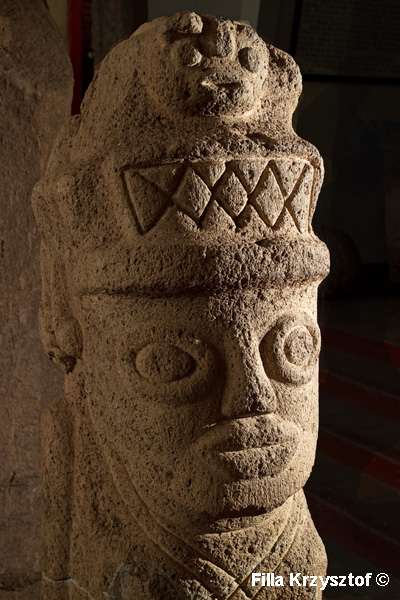
^ ^^^

^ ^^^

^ ^^^

Retired American Robert Rothrock who came to Nicaragua and established "The Sea Turtle Rescue Nicaragua". He buys turtle eggs from poachers for about 2$ per a dozen and then keeps them in sand bags until they hatch after about 50 days of incubation.
^ ^^^

47 olive ridley sea turtles dry in the sun right after hatching to gain some strength before heading to the vast ocean.
^ ^^^
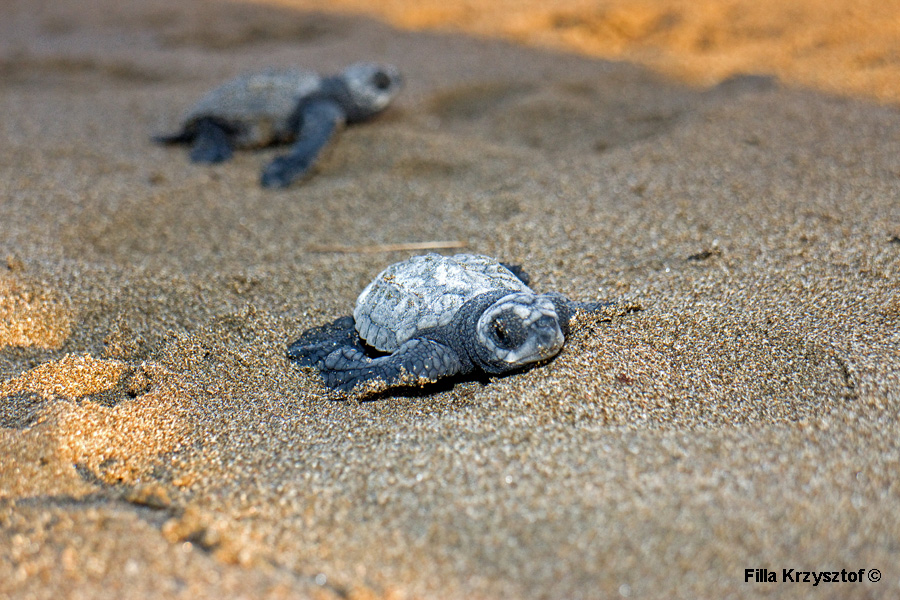
^ ^^^

The ferocious waves are the next serious danger the little new born turtles have to face. To increase their chances of survival casual volunteers carry the bowl with turtles as far as they can to release them beyond the smashing waves.
^ ^^^

Fishermen heading for an evening catch.
^ ^^^

The black vulture (Coragyps atratus) often live in close vicinity to humans as they scavenge on the dumpsters and landfills.
^ ^^^

Keeping pets at home is very common in Nicaragua. One of the most popular pets are parrots. I have seen many of them with trimmed wings so they can not fly away.
^ ^^^

^ ^^^
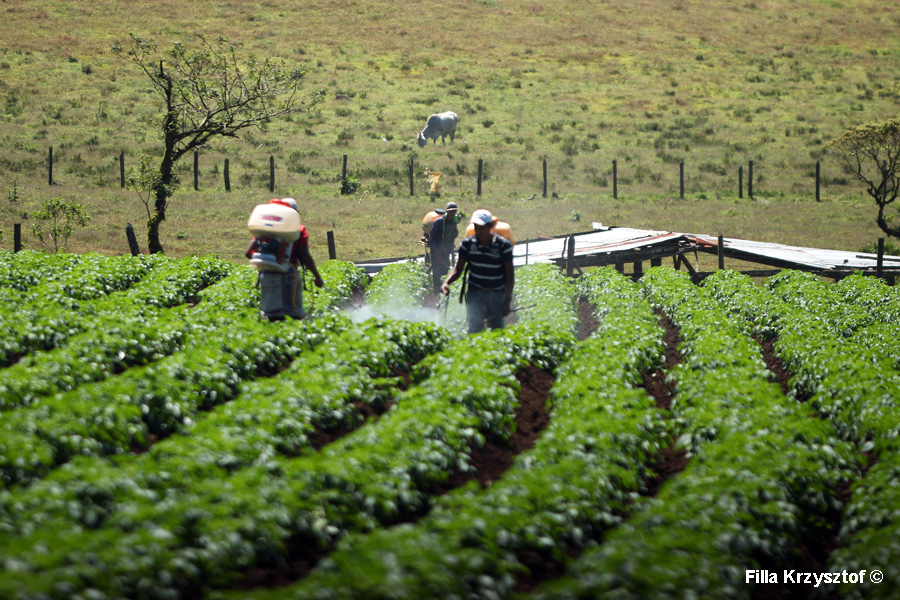
Miraflor is a Natural Reserve, though it is mostly rustic area. Among the fields there are small patches of cloud forest ( ranging 100-200 in diameter). Since it is a Natural Reserve it boasts its organic food production, although I seriously doubt that these farmers spray natural fertiliser.
^ ^^^

^ ^^^

San Juan del Norte or Gray-town once was a main access port to Nicaragua during colonial times. These days it is just a small fishing community.
^ ^^^
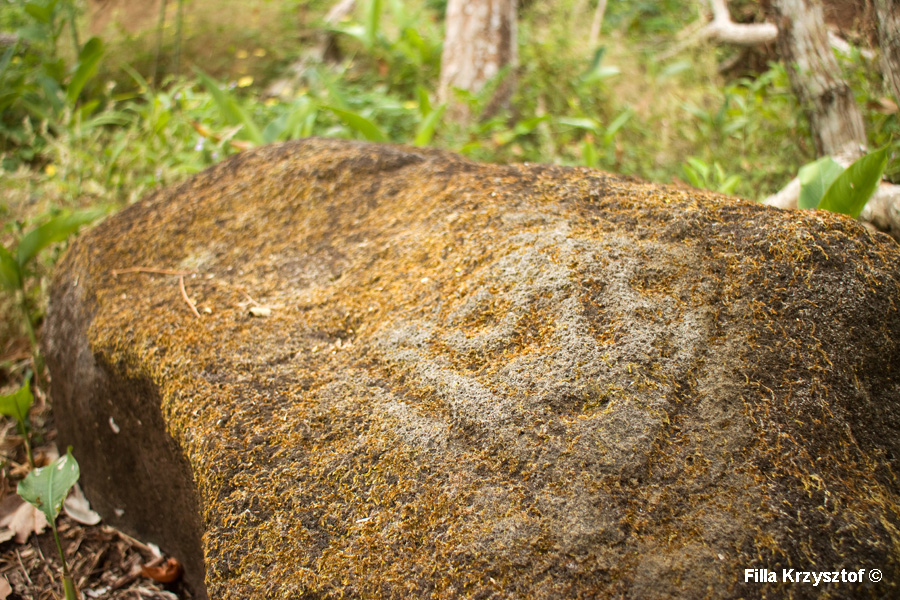
It is another petroglyph that I accidentally stumbled across on the island Mancarron on the lake of Nicaragua. The relief depicts human complexion.
^ ^^^

Esteli town centre.
^ ^^^

Matagalpa is the birthplace of the two revolutionary leaders Tomas Martinez and Carlos Amador.
^ ^^^


































































